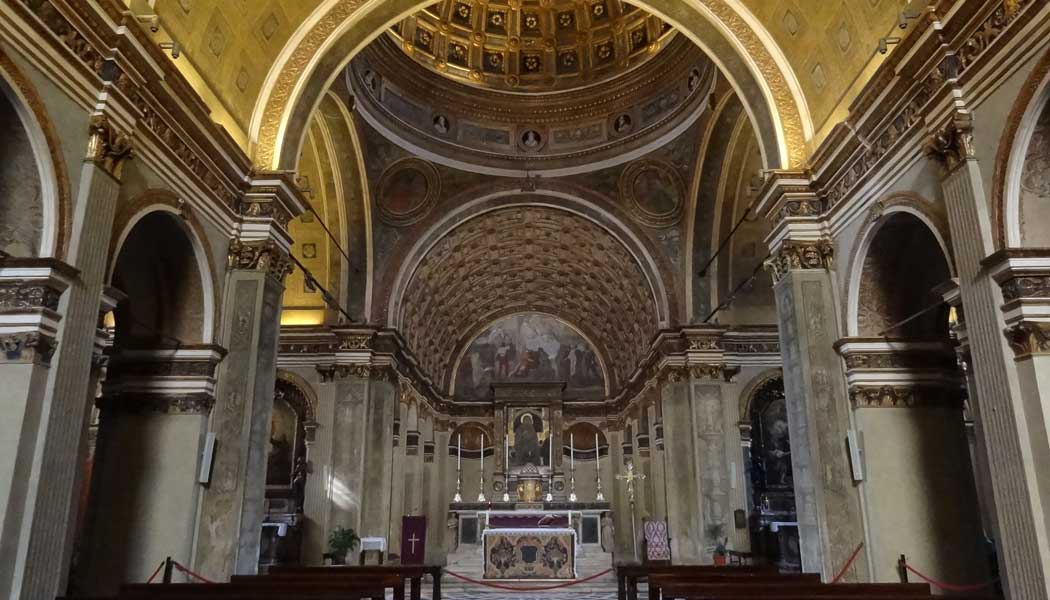
This church is located among the narrow streets that pay an homage to the old medieval crafts, like Via Spadari (Swordsmith street) or Via Cappellari (Hatter Street). The location is an important part of this curious and singular jewel of the Renaissance, designed by Donato Bramante. The building is in fact quite deceitful, thanks to […]
Read more
The basilica, built between IV and V century, represents one of the first examples of central plan churches of western Christianity. The most important of the many chapels along the ambulatory is the chapel of Sant’Aquilino, probably an imperial burial place. It preserves some of the most ancient mosaics in the city.
Read more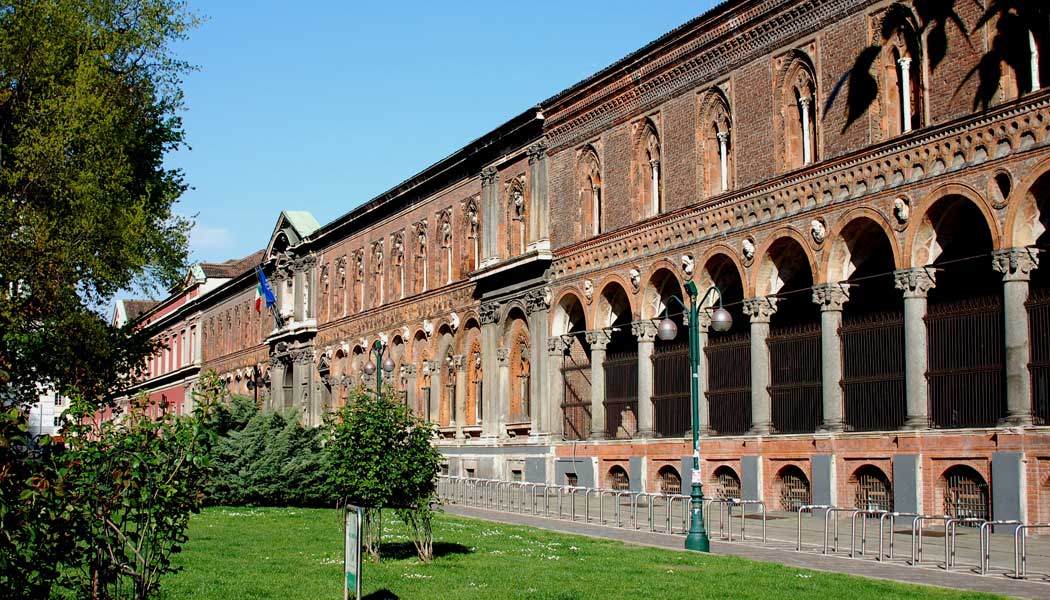
The building is now the main office of the Università Statale (State University), but for centuries it was a place where those in need would be welcomed and helped. Filarete was the architect that started the construction, and he brought the new Renaissance style in Milan. The inside the building is exceptionally decorated to alleviate […]
Read more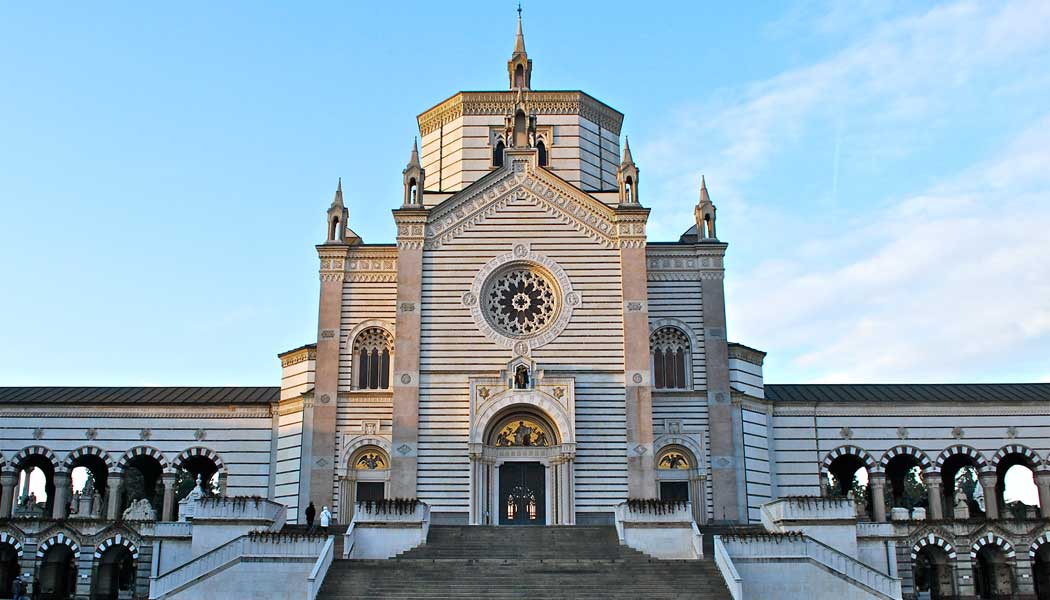
The Cimitero Monumentale is a secluded island of peace and meditation inside a frenetic metropolis. It was built by will of the municipality of Milan right after the unification of Italy, between 1863 and 1866. The burial monuments are a clear testimony of the passage from the XIX to the XX century and its artistic […]
Read more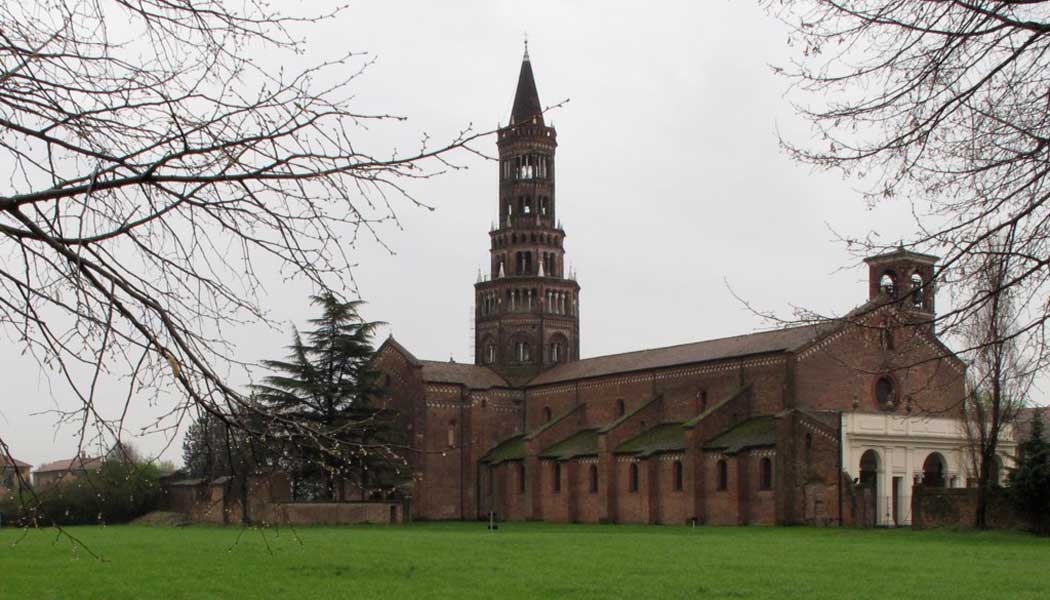
This abbey was founded in the XII century by San Bernardo da Chiaravalle, as a “sister-abbey” of the Abbey of Cîteaux, in France. The church was consecrated in 1221 and is one of the first examples of Gothic architecture in Italy. During the XIV century the lantern was built, along with the bell tower, called […]
Read more
It took two hundred years to complete this church, started by Duke Gian Galeazzo Visconti of Milan, for this reason the Certosa shows signs of different styles, from late Gothic to Renaissance. The front is what instantly catches the eye, a masterpiece of Lombard sculpture, almost an open air museum. A rich and priceless heritage […]
Read more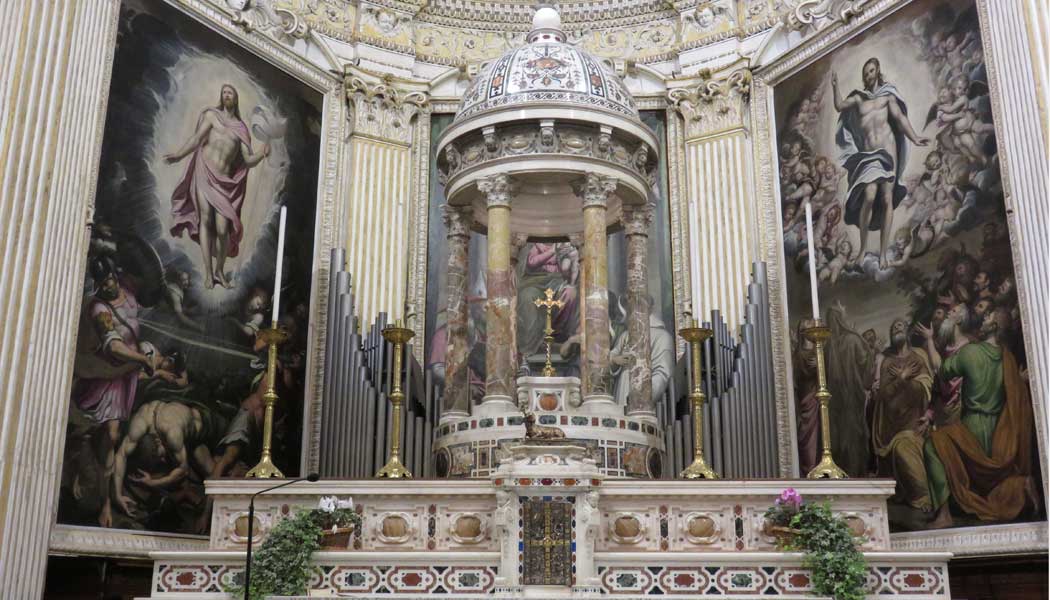
The Certosa of Milan was initially built in the small town of Garegnano, far away from the city walls, so that the monks could live in a silent and secluded place. It was founded in 1349 by Giovanni Visconti, archbishop and lord of the city, the convent will accommodate the illustrious humanist Francesco Petrarca. The […]
Read more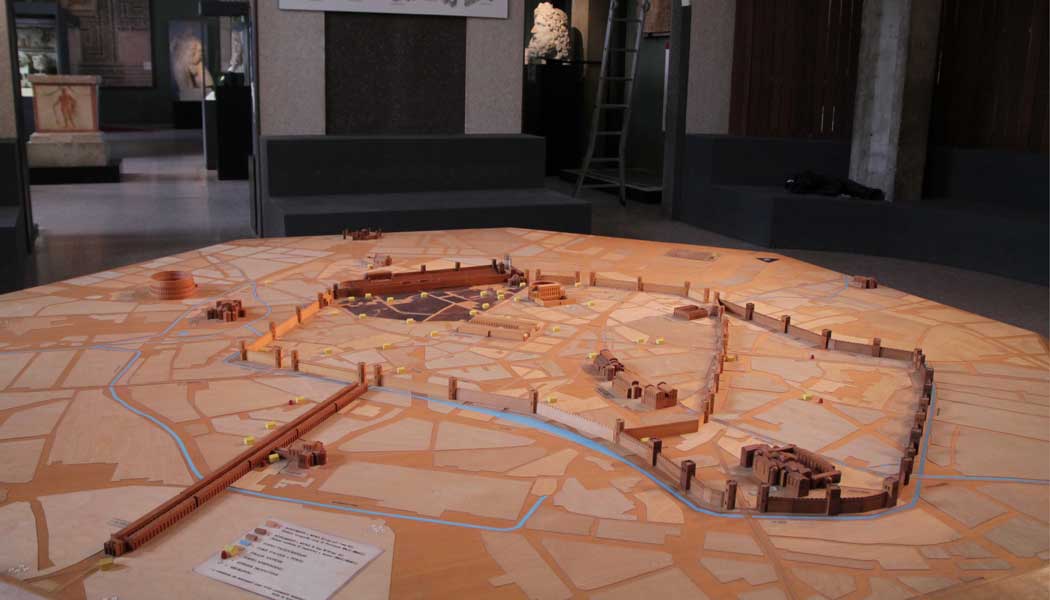
The museum is actually inside the former convent of San Maurizio al Monastero maggiore, with sections dedicated to Greek, Etruscan, Roman, Gandhara and barbaric art. The choice of the place was fit, since the monastery was built right on top of a section of the Roman Circus and along the walls of the city, built […]
Read more
The museum was opened in 2001, it gathers more than 700 works made between the IV and XXI century. The majority of the works in the collection was donated by the See of Milan and private owners. Here we can find many masterpieces of jeweler’s art and liturgical furnishings. The most important section is dedicated […]
Read more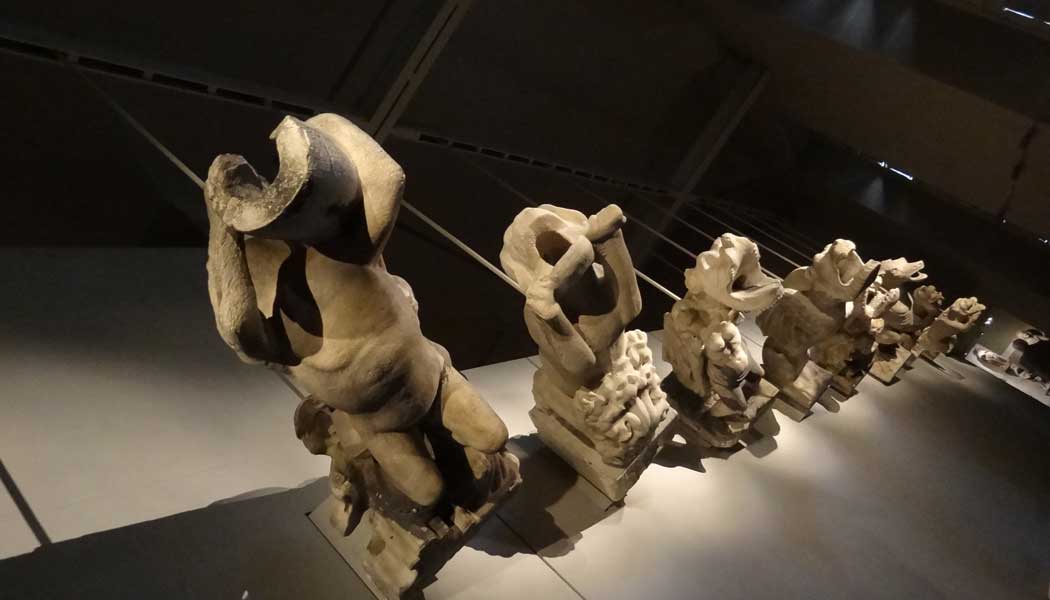
The museum was reopened in 2013 after a long period of renovations. The collection gathers the Tesoro del Duomo (Duomo Treasure) and works of art form the Catheral and its many constructions sites. The items in the collection are presented in chronological order, following the construction phases of the Cathedral, from its foundation, in 1386, […]
Read more